Ditching Demystified: What Every Pilot Should Know About Landing on Water
Flying Magazine
JUNE 23, 2025
I’ll start with a confession: I have never ditched an airplane. I don’t have any plans to ditch an airplane. The current elevation of lake (it’s changing rapidly) is 4200 feet msl, so the airplane was about 1400 feet above the water. But notice: the airplane floated. Will I Have To?










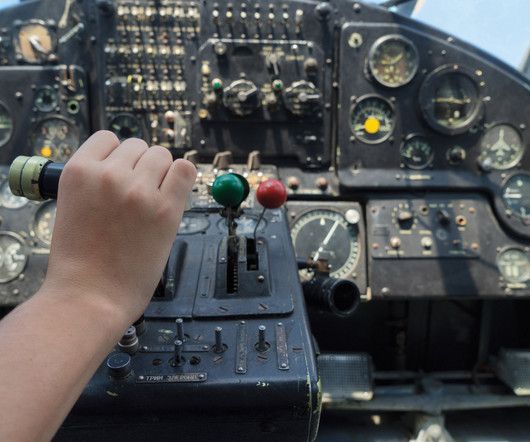

















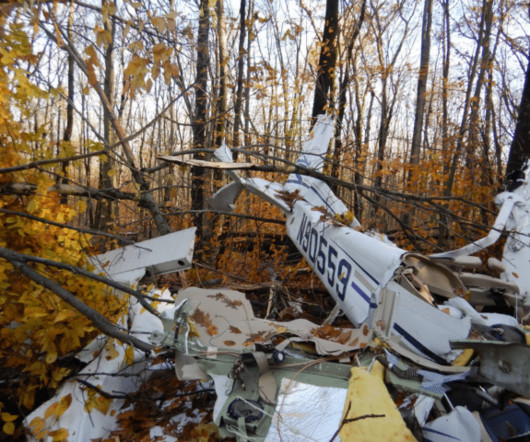






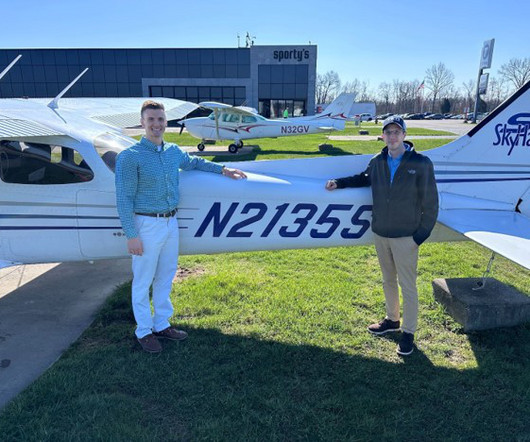
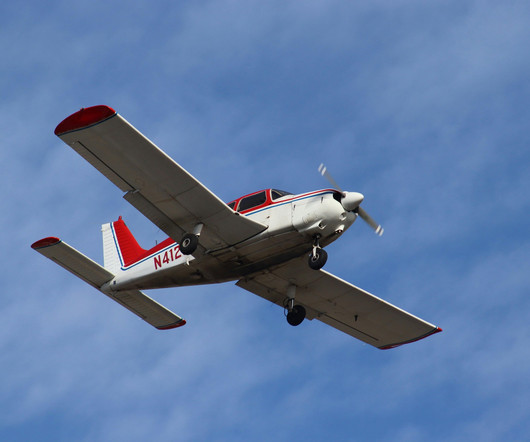



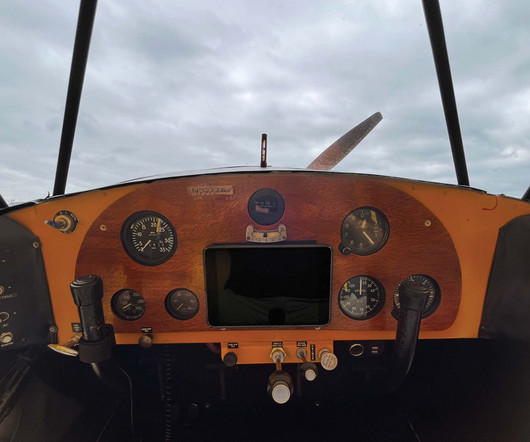










Let's personalize your content